You must ensure that the pavers and joints are completely dry before installing polymer sand. If moisture is present, it will cause the polymers to activate prematurely, leaving a haze on the surface or the sand will not harden properly. In a humid climate, wait for the morning dew to burn before you start installing the polymer sand; likewise, don't miss the window and find the afternoon dew on your project installation. If you really want to protect your investment, you can also seal the surface of the pavers with a water-based paving stone sealant.
It is recommended to wait at least 90 days after the initial installation of the paver before sealing the surface with a sealant. Some manufacturers recommend waiting an entire year to make sure that no efflorescence is trapped. Most surface sealants can be easily applied with a garden sprayer with pump. Since most work with polymer sand is done in summer and thunderstorms occur without warning at about the same time, you'll need to be prepared to protect your yard in case a downpour hits.
Occasional rain is not a problem. However, a true ravine washer within the first 24 to 48 hours can dislodge sand. Simply covering it with plastic or a tarp will help prevent this. Drains that drain directly into a yard can also be a problem during the first few days.
Try to divert the water to another location until the sand hardens. You must restrict pedestrian traffic for 24 hours and vehicle traffic for 72 hours. The exact amount of time will vary depending on weather conditions. The hotter and drier, the faster it will heal.
Polymer sand is the perfect product for sealing the joints of pavers, avoiding the three possible problems mentioned above. In fact, a lot of people choose not to seal their pavers because they don't want them to look wet, they don't want them to look shiny. Properly sealing paving stone joints will help ensure better quality for your customers, less maintenance, and greater satisfaction at the end of the day. Many homeowners prefer to seal joints after installing pavers to prevent weed growth, insect infestation, and block movement.
Polymer sand is a mixture of sand and special additives designed to fill the joints between concrete pavers and brick pavers. The most important reason you want to seal your pavers when they are newly installed is to protect them, protect the color, and prevent the surface from deteriorating. We can use a natural looking sealant and it won't change the look of the cobblestone, but the pavers will be protected. While applying a water-based sealant such as Sakrete Wet Look sealants does a great job of making old pavers look new or keeping new pavers looking good.
Sealing paving stone joints with polymer sand is the perfect way to ensure that your investment doesn't diminish due to erosion damage, mild weed growth, or insect infestations.
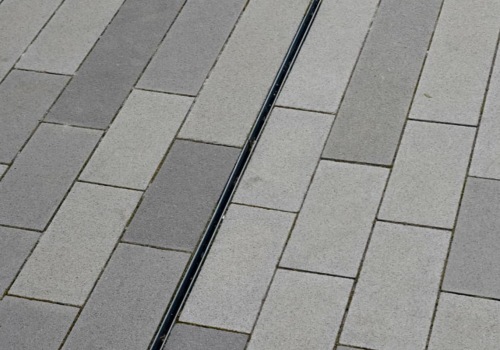
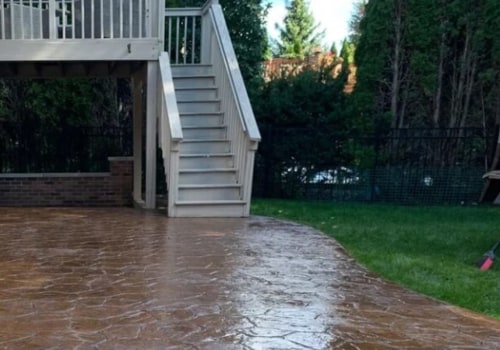
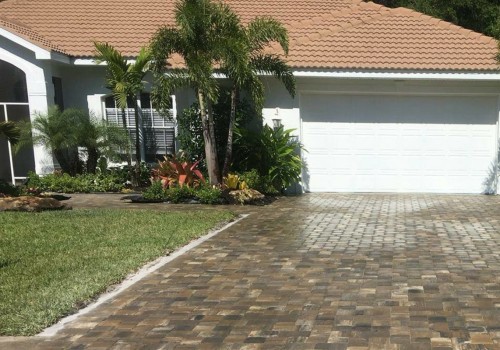
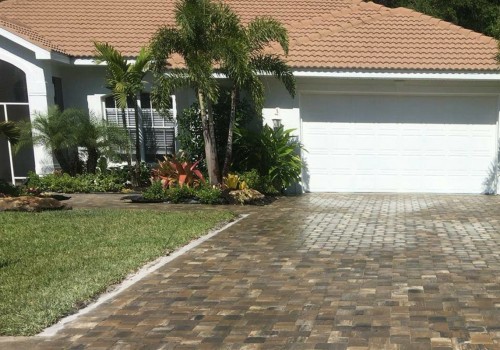


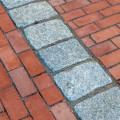
Leave Message